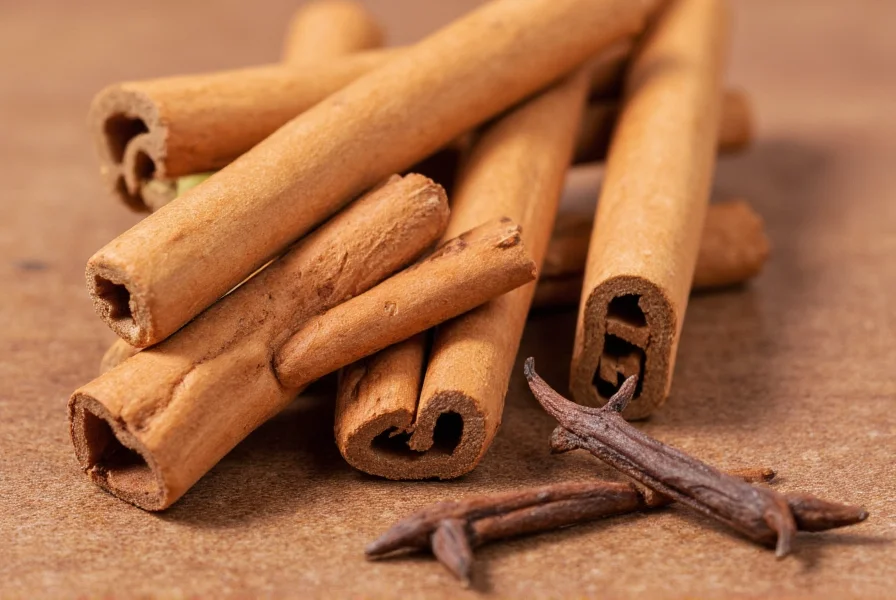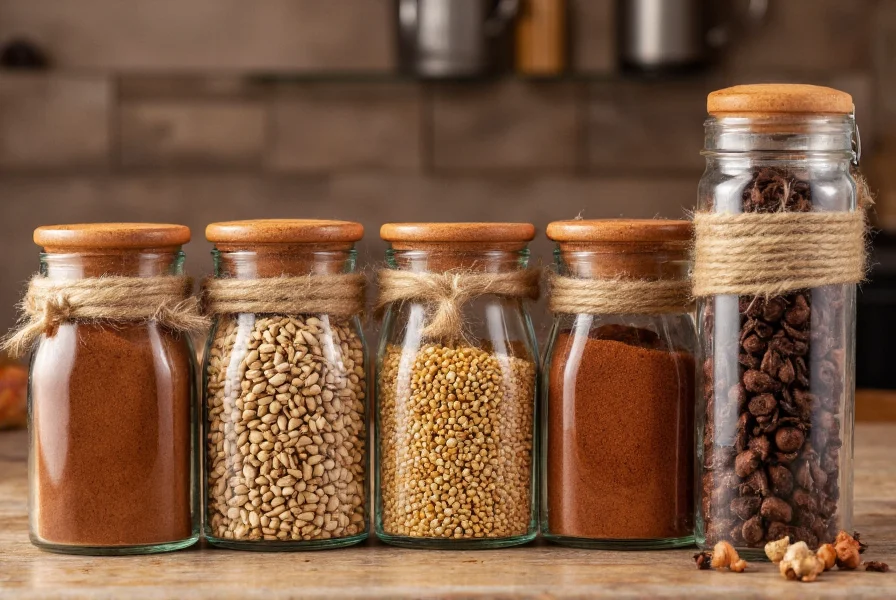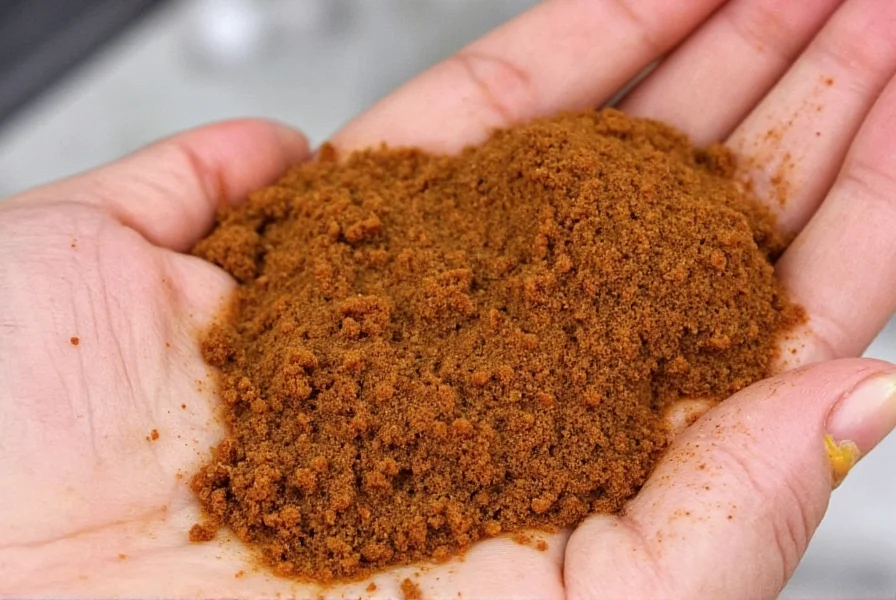As a versatile spice with warm, sweet notes and subtle woody undertones, cinnamon serves as an excellent foundation for numerous spice combinations. Understanding which spices pair well with cinnamon can transform your cooking from ordinary to extraordinary, whether you're baking desserts, preparing main courses, or crafting specialty beverages.
Understanding Cinnamon's Flavor Profile
Cinnamon's distinctive flavor comes from cinnamaldehyde, the compound responsible for its sweet, warm aroma. This complex profile makes it remarkably adaptable across culinary applications. The two primary varieties—Ceylon ("true" cinnamon) with its delicate, citrusy notes and Cassia (common in supermarkets) with its bolder, spicier character—respond differently when combined with other spices.
When considering what spices go well with cinnamon, focus on complementary flavor compounds. Cinnamon shares chemical components with many warm spices, creating natural synergies that enhance rather than compete with its distinctive taste.

Classic Spice Pairings That Work With Cinnamon
Professional chefs consistently combine cinnamon with specific spices to achieve balanced flavor profiles. These pairings work because they share complementary flavor compounds while adding distinctive characteristics:
| Spice Combination | Flavor Synergy | Best Culinary Applications |
|---|---|---|
| Cinnamon + Nutmeg | Earthy warmth with citrus notes | Pumpkin pie, apple crisp, béchamel sauces |
| Cinnamon + Ginger | Warmth with bright, zesty contrast | Gingerbread, chai tea, carrot soup |
| Cinnamon + Cardamom | Floral complexity with citrus undertones | Swedish cardamom buns, Middle Eastern rice, spiced coffee |
| Cinnamon + Allspice | Unified warm spice profile | Jamaican jerk seasoning, mulled wine, fruit compotes |
| Cinnamon + Cloves | Intense warmth with peppery notes | Hot apple cider, holiday ham glazes, spiced nuts |
Regional Spice Blends Featuring Cinnamon
Cultures worldwide have perfected cinnamon baking spice combinations through centuries of culinary tradition. These established blends demonstrate how cinnamon interacts with other spices:
Pumpkin Spice Blend (American)
This popular blend combines cinnamon (70%), ginger (15%), nutmeg (10%), and cloves (5%). The high cinnamon ratio provides the dominant warm base, while the other spices add complexity without overwhelming the mixture. For authentic results, use this blend in a 2:1 ratio of cinnamon to all other spices combined.
Garam Masala (Indian)
Traditional garam masala typically contains 30-40% cinnamon alongside cardamom, cloves, and black pepper. The cinnamon provides sweetness that balances the heat from black pepper, creating a complex profile essential for dishes like butter chicken and biryani.
Ras el Hanout (North African)
This sophisticated blend often includes cinnamon as a foundational element (about 25%), combined with cumin, coriander, and sometimes rose petals. The cinnamon softens the earthiness of other spices while adding depth to tagines and couscous dishes.

Principles for Successful Cinnamon Spice Combinations
When creating your own spice combinations with cinnamon, follow these professional guidelines:
Ratio Matters Most
For most applications, maintain a 3:1 ratio of cinnamon to stronger spices like cloves or allspice. With milder spices like nutmeg or cardamom, a 2:1 ratio works better. In baking, never let cinnamon exceed 50% of your total spice blend unless it's the featured flavor.
Consider Cooking Method
Add ground cinnamon early in the cooking process for baked goods to allow flavors to meld. For savory dishes, add whole cinnamon sticks at the beginning and remove before serving, then finish with a dusting of ground cinnamon for fresh flavor.
Avoid These Common Mistakes
Many home cooks make these errors when mixing spices with cinnamon:
- Overpowering delicate flavors with too much cinnamon
- Combining cinnamon with highly acidic ingredients that mute its flavor
- Mixing cinnamon with competing warm spices like star anise in equal proportions
- Using expired cinnamon (loses potency after 6 months)
Practical Applications for Cinnamon Spice Blends
Implement these professional techniques for specific culinary applications:
In Baking
For cinnamon rolls, combine cinnamon with a small amount of cardamom (15:1 ratio) to add complexity without changing the familiar flavor profile. When making apple pie, add a pinch of black pepper to your cinnamon-apple mixture to enhance the fruit's natural sweetness through contrast.
In Savory Dishes
For Middle Eastern lamb dishes, combine cinnamon with cumin and coriander in a 2:1:1 ratio. The cinnamon cuts through the richness while complementing the earthiness of the other spices. In Mexican mole sauces, cinnamon works beautifully with ancho chili powder and chocolate.
In Beverages
For the perfect spiced coffee, add a cinnamon stick while brewing, then finish with a pinch of cardamom and nutmeg. In hot chocolate, combine cinnamon with a touch of cayenne pepper (10:1 ratio) for subtle warmth that enhances the chocolate flavor.
When Not to Mix Cinnamon With Other Spices
While cinnamon blends well with many spices, avoid combining it with:
- Strongly floral spices like lavender in equal proportions (use cinnamon as accent instead)
- Highly pungent spices like mustard seed in savory applications
- Citrus-forward spice blends where its warmth would clash
Remember that cinnamon's sweet profile works best when balanced against contrasting elements. In savory applications, always pair cinnamon with ingredients that have natural sweetness like onions, carrots, or tomatoes to create harmony.
FAQ: Cinnamon Spice Pairing Questions
What is the best spice to mix with cinnamon for baking?
Nutmeg is the best spice to mix with cinnamon for baking, particularly in a 3:1 ratio of cinnamon to nutmeg. This combination enhances the warm, sweet notes in baked goods without overpowering other flavors. For pumpkin pie and apple desserts, this pairing creates the classic flavor profile people expect.
Can you mix cinnamon with savory spices?
Yes, cinnamon mixes exceptionally well with savory spices like cumin, coriander, and allspice. In Middle Eastern and North African cuisines, cinnamon is commonly combined with these spices in meat dishes and rice preparations. Use a 2:1 ratio of savory spices to cinnamon for balanced flavor in savory applications.
How much cinnamon should I use in a spice blend?
In most spice blends, cinnamon should comprise 25-50% of the total spice mixture, depending on the application. For baking blends, use 30-50% cinnamon; for savory blends, limit to 20-30%. Always start with less cinnamon than you think you need—you can add more during cooking but cannot remove excess once added.
Does cinnamon go well with ginger?
Yes, cinnamon and ginger create a classic flavor pairing that works beautifully together. Their shared warm notes complement each other while ginger's bright, zesty character provides contrast to cinnamon's sweetness. Use a 2:1 ratio of cinnamon to ginger for balanced results in baked goods, teas, and savory dishes like carrot soup.











 浙公网安备
33010002000092号
浙公网安备
33010002000092号 浙B2-20120091-4
浙B2-20120091-4